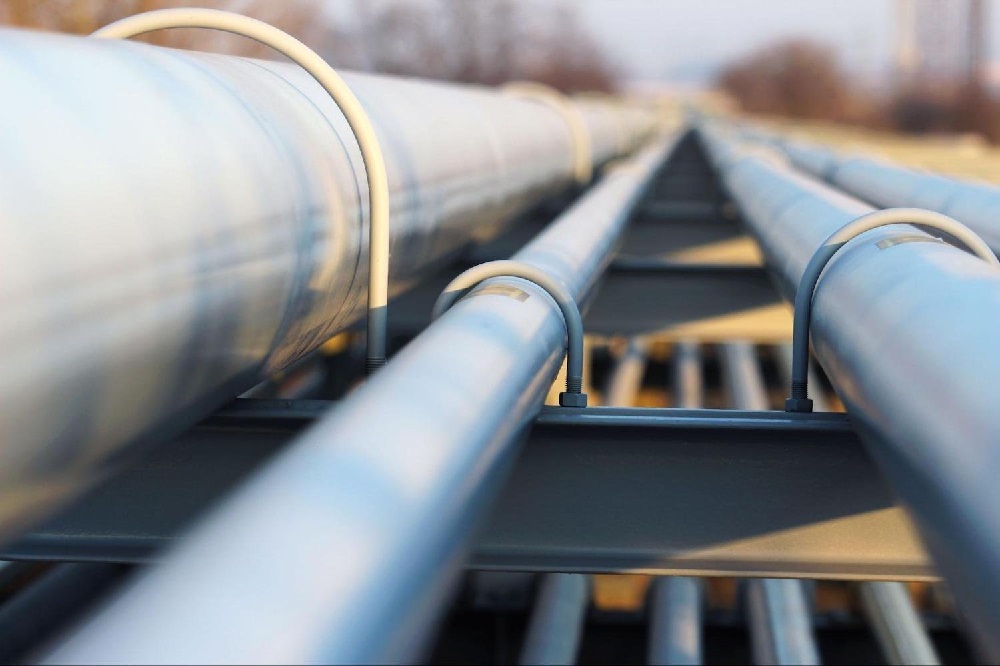When industrial operations face interruptions, pipeline plugging equipment emerges as a critical tool for maintaining flow, preventing leaks, and ensuring operational safety. From energy infrastructure to water systems, this equipment not only resolves emergencies but also supports sustainable practices in pipeline management.
Understanding the Role of Pipeline Plugging Equipment
Pipelines form the veins of modern infrastructure, transporting essential resources like water, gas, and oil. Yet, they are vulnerable to damage, leaks, and maintenance demands. Pipeline plugging equipment plays a vital role in:
- Temporary flow stoppage: It allows sections of the pipeline to be isolated without disrupting the overall system.
- Emergency repairs: Plugging mitigates the effects of pipeline breaches, preventing environmental contamination.
- Planned maintenance: By isolating specific sections, routine inspections or upgrades can occur without system-wide shutdowns.
In Singapore, where pipelines support a densely packed urban environment and critical industrial zones, ensuring their integrity is both an economic and environmental priority.
Why Pipeline Plugging Equipment Matters
Singapore relies on its pipeline systems for essentials like clean water, energy, and even waste management. Statistics from the Public Utilities Board (PUB) highlight the importance of pipeline maintenance:
- Singapore’s water pipeline network spans over 5,000 kilometres to meet national demand.
- The Energy Market Authority (EMA) manages over 3,000 kilometres of gas pipelines, essential for residential and industrial energy needs.
Failures in these systems can result in massive losses, environmental damage, and service interruptions, underscoring the need for reliable pipeline plugging equipment.
Key Features of Effective Pipeline Plugging Equipment
Not all pipeline plugging solutions are created equal. To ensure efficiency and safety, consider the following essential features:
- Versatile design: Equipment should accommodate various pipeline diameters and materials.
- Pressure management: Effective plugging systems handle high-pressure conditions without failure.
- Durability: Quality materials like reinforced rubber or composite alloys ensure longevity under extreme conditions.
- Ease of installation: Time is critical during repairs, so the equipment should be quick and straightforward to deploy.
- Leak-proof sealing: Preventing even the smallest leaks is crucial for safety and efficiency.
These features ensure that plugging equipment serves its purpose without introducing additional risks.
Applications of Pipeline Plugging Equipment in Singapore
In Singapore’s compact yet complex infrastructure, pipeline plugging equipment has varied and indispensable applications:
- Water supply maintenance: Ensures uninterrupted water access during pipe repairs.
- Industrial systems: Supports chemical and gas pipelines by isolating sections for safe maintenance.
- Construction projects: Helps reroute pipelines to accommodate urban development.
- Energy sector: Safeguards natural gas pipelines by containing leaks and facilitating upgrades.
Environmental Considerations: Plugging for a Greener Future
Pipeline failures are not just operational risks—they are environmental hazards. In Singapore, where environmental sustainability is a cornerstone of national policy, pipeline plugging equipment plays a crucial role in minimising ecological damage:
- Leak prevention: Prevents contaminants from entering water supplies or natural habitats.
- Resource conservation: Stops wasteful leaks in water or energy pipelines, aligning with Singapore’s green initiatives.
- Carbon footprint reduction: Efficient plugging systems reduce the need for complete system overhauls, saving energy and materials.
The government’s push toward sustainability, encapsulated in initiatives like the Green Plan 2030, makes such innovations not only practical but also essential.
Challenges in Pipeline Plugging
While the equipment is indispensable, it’s not without challenges:
- Corrosion in old pipelines: Singapore’s ageing infrastructure demands plugging solutions that can adapt to deteriorated surfaces.
- High pressure systems: Pipelines carrying gas or industrial chemicals often operate at extreme pressures, requiring robust plugging mechanisms.
- Space constraints: Singapore’s dense urban landscape limits the access and manoeuvrability needed for plugging installations.
Addressing these challenges requires advanced designs and experienced operators who understand both the equipment and the local context.
Choosing the Right Pipeline Plugging Equipment
Not all plugging systems are suitable for every pipeline or application. When selecting equipment, consider:
- Pipeline type: Material and diameter vary across water, gas, and industrial pipelines.
- Pressure capacity: Choose systems that exceed your pipeline’s maximum operating pressure.
- Local compliance: Ensure the equipment meets Singapore’s strict safety and environmental standards.
- Manufacturer reputation: Opt for brands with proven reliability and technical support.
Cost vs. Long-Term Savings
Investing in high-quality pipeline plugging equipment is more than just a financial decision; it’s a strategic one. Consider:
- Preventing losses: A single pipeline failure can result in damages costing hundreds of thousands of dollars.
- Avoiding environmental fines: Penalties for leaks and contamination can escalate quickly under Singapore’s stringent regulations.
- Prolonging pipeline life: Proper plugging reduces wear and tear, extending the lifespan of infrastructure.
Maintenance of Plugging Equipment
Like the pipelines they protect, plugging equipment needs regular maintenance to ensure functionality when it’s needed most:
- Inspection after use: Check for wear, particularly on sealing surfaces and pressure components.
- Annual testing: Verify that the equipment can withstand the pressures and conditions it’s rated for.
- Storage precautions: Store in clean, dry environments to prevent degradation of materials.
Maintaining this equipment is essential for both operational readiness and compliance with local safety standards.
Securing Singapore’s Infrastructure with Pipeline Plugging Equipment
Pipeline plugging equipment is not just a tool; it’s a safeguard for Singapore’s critical infrastructure and environment. By enabling efficient repairs, minimising downtime, and preventing leaks, it plays a pivotal role in maintaining the city-state’s seamless operations. As Singapore continues to expand its urban and industrial landscapes, the demand for reliable, sustainable, and adaptable plugging solutions will only grow.
When the stakes are as high as safeguarding resources, protecting the environment, and ensuring operational efficiency, investing in the right pipeline plugging equipment becomes not just a necessity but a responsibility.








